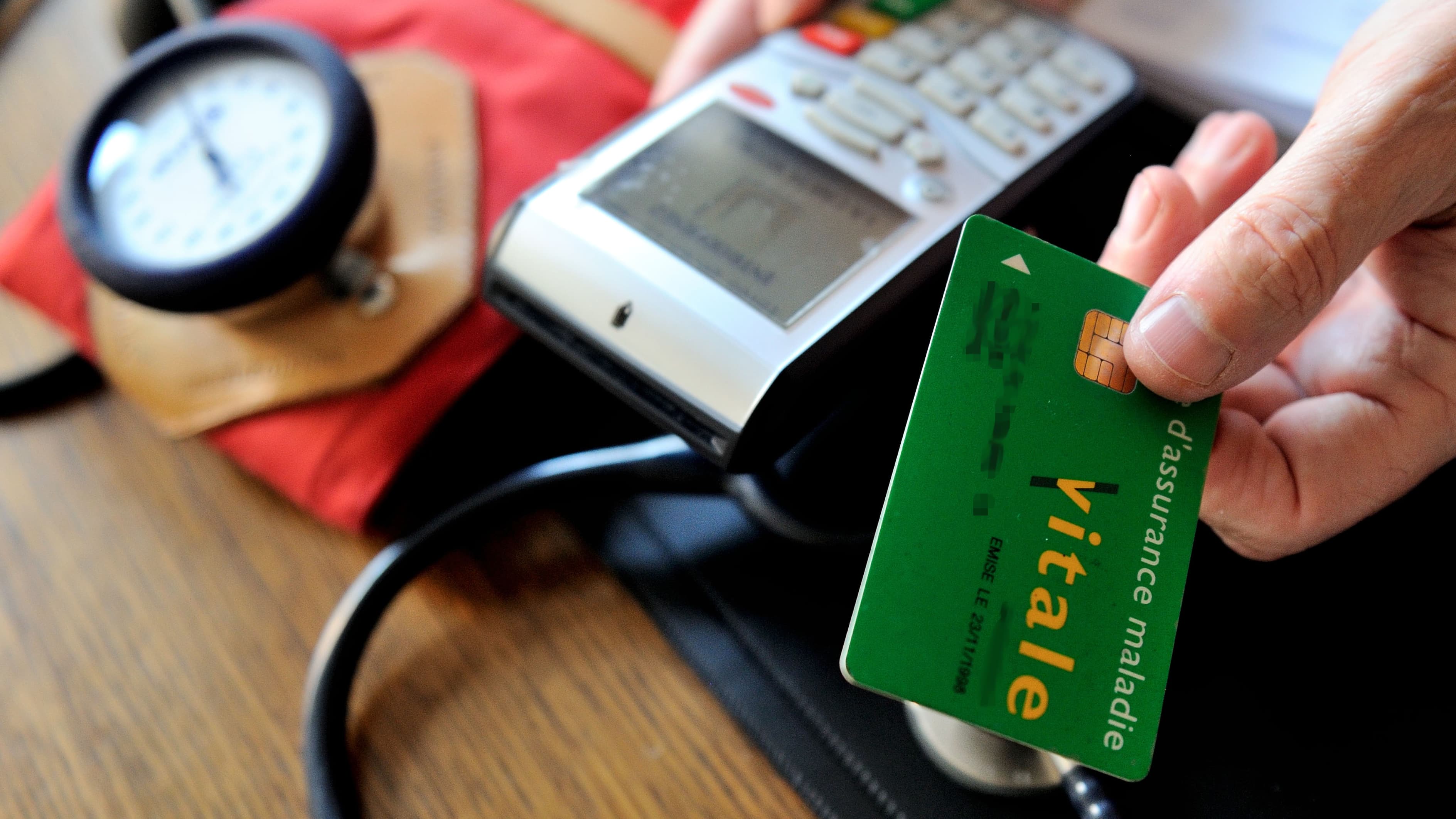Supplementary health insurance surpluses shrank by more than 90% in 2021, after being inflated by lower use of care at the onset of the health crisis.
Inflated at the start of the health crisis by lower use of care, supplementary health insurance surpluses have melted by more than 90%, to 49 million euros in 2021, according to a report published on Friday. Covid has also affected the accounts of supplementary health insurance. After a 2020 marked by a double drop in contributions and benefits, with a record surplus of 637 million, the 2021 financial year was that of the “backlash”, indicates Drees in its annual report on the sector.
“Recovery Effect”
The statistics service of the social ministries reports a 3.1% rebound in contributions, with 39.4 billion euros collected, while reimbursements skyrocketed, with an increase of 6.1% to 31.6 billion linked to “a recovery effect (…) in the consumption of medical care and goods”. After deducting the 20% “management costs”, punctually criticized by consumer associations, the 417 organizations in the sector have generated a “technical result close to zero ” of 49 million euros, “the lowest since 2011”, the date of the first DREES studies in this regard.
In an increasingly concentrated market – four times fewer players in 20 years – insurance companies have, as often, done well, with 143 million profits and an increasing market share (36% of premiums), while mutual companies (47% ) and social security institutions (17%) recorded overall loss results.


